New platypuses found in the Wimmera
The Wimmera’s only known platypus population is continuing to hold its own in the MacKenzie River, with ecologists finding three males including two new juveniles in the latest surveys.
Ecology Australia captured three males in the one night in an area they have affectionally named ‘a platypus highway’ near Zumsteins. The two juveniles, about a year old, haven’t been captured before.
Researchers, led by Chris Bloink, named one of the juveniles Dan. Wimmera CMA has put a call out on its social media accounts inviting the community to help name the second male.
The adult male, who researchers netted twice in two different locations in the survey, has been caught before. Wimmera CMA is checking the database to confirm who he is.
Surveys further downstream towards Laharum failed to find any platypuses, although eDNA testing indicates they are moving into this part of the river.
The latest find brings the number of platypuses discovered by Ecology Australia this year to seven, six of them new animals.
In February, they found a record number of four juveniles in one night. These were two females, Georgia and Frankie, and males, Russell and Perry.
Chris said he and three other researchers Bryce Halliday, Matthew Linn and Gemma Snowball found one of the juveniles in a new section of the river where they haven’t been captured before.
“One was above MacKenzie Falls and as far as we are aware from previous surveys, juveniles haven’t been captured here before. This indicates there might be a resident female in this section of the river as it’s less likely a juvenile would be able to climb over the falls.”
Chris said it was always exciting to find new platypuses, particularly in a region where they were so rare.
“Finding seven platypuses this year, and all of them being in good condition, shows this part of the MacKenzie River has enough food resources to support higher densities than previously thought.”
This survey’s focus was on discovering males who are particularly active this time of year due to breeding. Chris said they didn’t expect to find any females, because they are less active and some would already be in their burrows with eggs or young.
Chris said he and Matt were also fortunate to see a rare sighting of a platypus walking across land.
“We almost couldn’t believe what we were seeing. In some parts of Australia like Tasmania this is more common but it’s a rare sight in Victoria to see a platypus walking over land. Neither of us were quick enough to get our phones or cameras out though unfortunately!”
Platypuses are listed as a threatened species in Victoria.
Wimmera CMA is part of a statewide project taking more proactive steps to protect the unique mammals, with the MacKenzie River platypuses the only known population left in the Wimmera catchment.
Wimmera CMA biodiversity project officer Ben Holmes said this fragile population was estimated at around 30 individuals.
“These platypuses are particularly exposed to environmental factors such as fire and floods, requiring special care to build their resilience.
“We’ve been using environmental flows for more than a decade to maintain good quality water and restore their habitat in the Wimmera River, Burnt Creek and MacKenzie River,” Mr Holmes said.
“Each time we capture new platypuses it shows the environmental releases are doing their job. However, to protect them long-term, we need their numbers to grow, move further downstream and establish populations in other parts of the catchment.
“To achieve this, we are developing a platypus management plan for the region and considering options to further build their numbers.”




